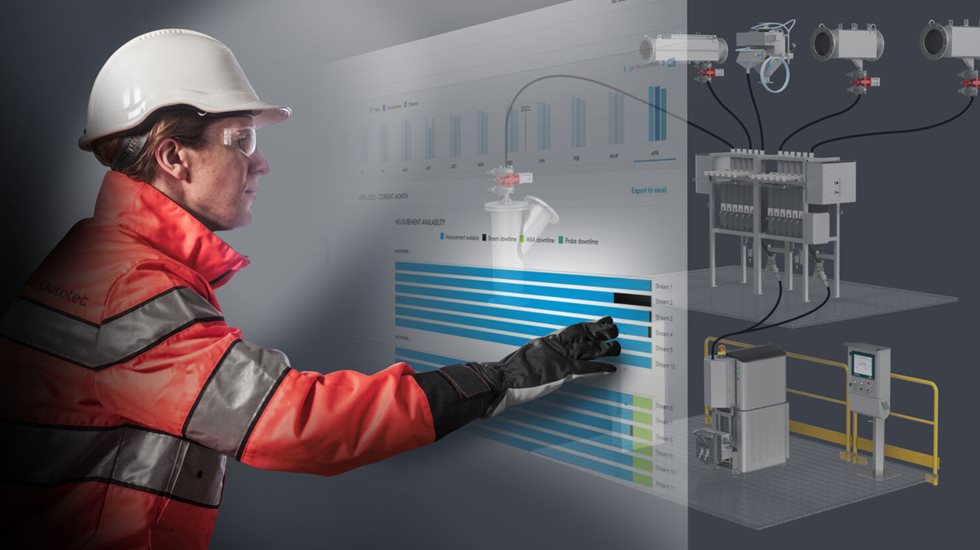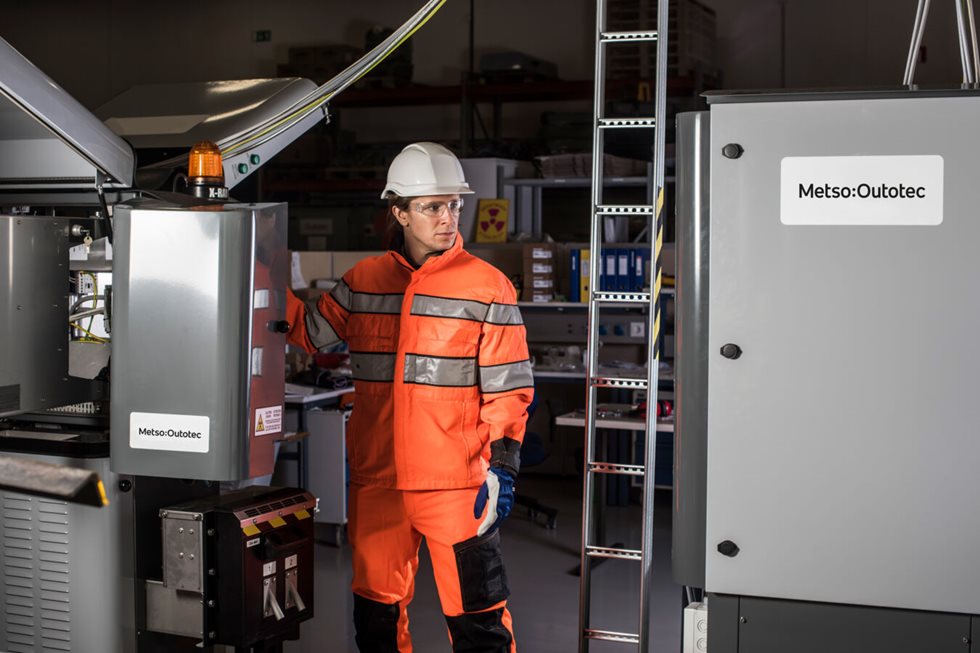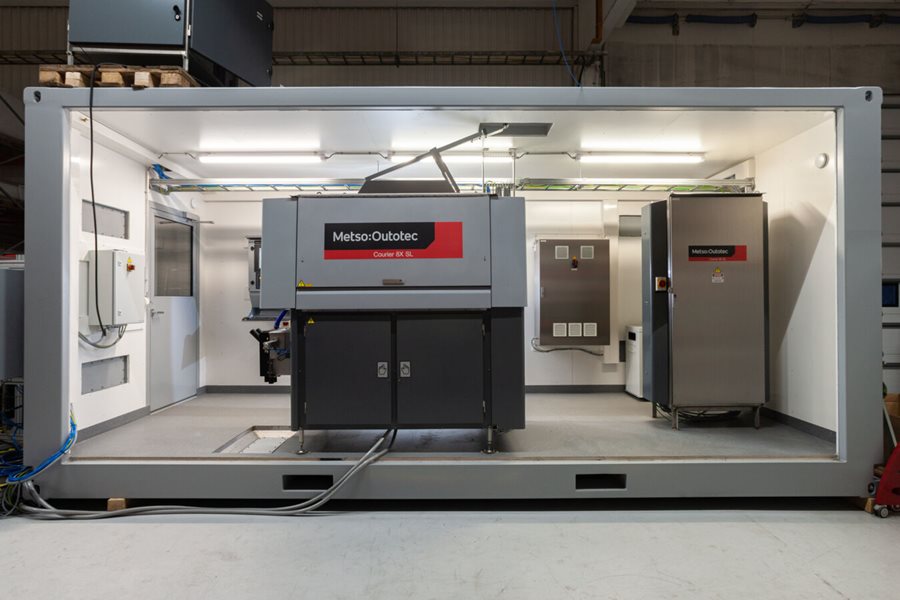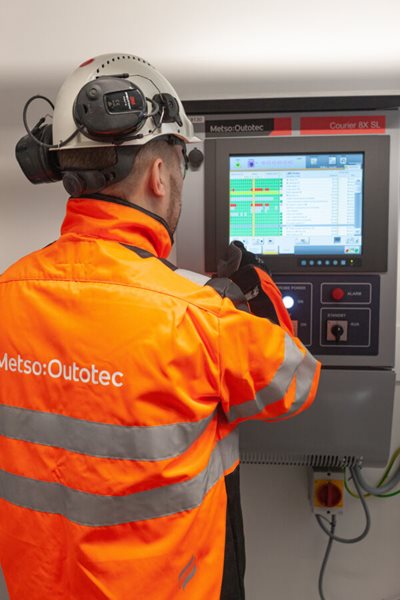Metso Analyzers have been a market leader for online elemental analysis in minerals processing since their introduction in 1968. As ore grades continue to decline, they have become an increasingly popular solution to improve yields. By providing instant readings on ore quality at various stages of the mining process, analyzers allow operators to respond quickly to changes in metallurgical performance while monitoring the impact of their actions in real-time.
The fact is, even a small increase in recovery rates can result in substantial financial benefits. On top of that, using analyzers reduces the need for manual sampling and minimizes unnecessary downtime, resulting in reduced costs and labor requirements.
”If you have accurate measurements then you can make the appropriate controlled actions, so the metallurgical performance improves,” says Juha Timperi, Director, Analyzer Solutions, Metso. ”Calibration of the critical sample lines improves the accuracy of the analyzer, resulting in better metallurgical performance of the plant due to improved process control.”
Digitalization plays a key role in increasing accuracy, availability, sustainability and safety, so it is no surprise that operators are looking to make their sites smarter, and more data-driven. With the introduction of remote monitoring, there is a clear increase in benefits, such as improved plant visibility in terms of maintenance planning based on components/equipment condition as well as effective management of critical spare parts stock at the customer’s warehouse, based on data from the equipment.
With the development of new measurement technologies, the value of utilizing analyzers continues to grow. For example, the new Metso Courier 6G analyzer released in 2020 allows operators to measure gold and platinum group metals directly in the flotation process. By enabling real-time data and control, operators can measure exceedingly small quantities of precious metals in the circuit, which was not possible before. The Courier 8 analyzer is also the first of its kind to introduce Laser Induced Breakdown Spectroscopy (LIBS) analyzer to the process, which gives operators the ability to measure lighter elements such as lithium. With the increasing demand of battery metal applications, these modern technologies prove to be pivotal to today’s operations.





